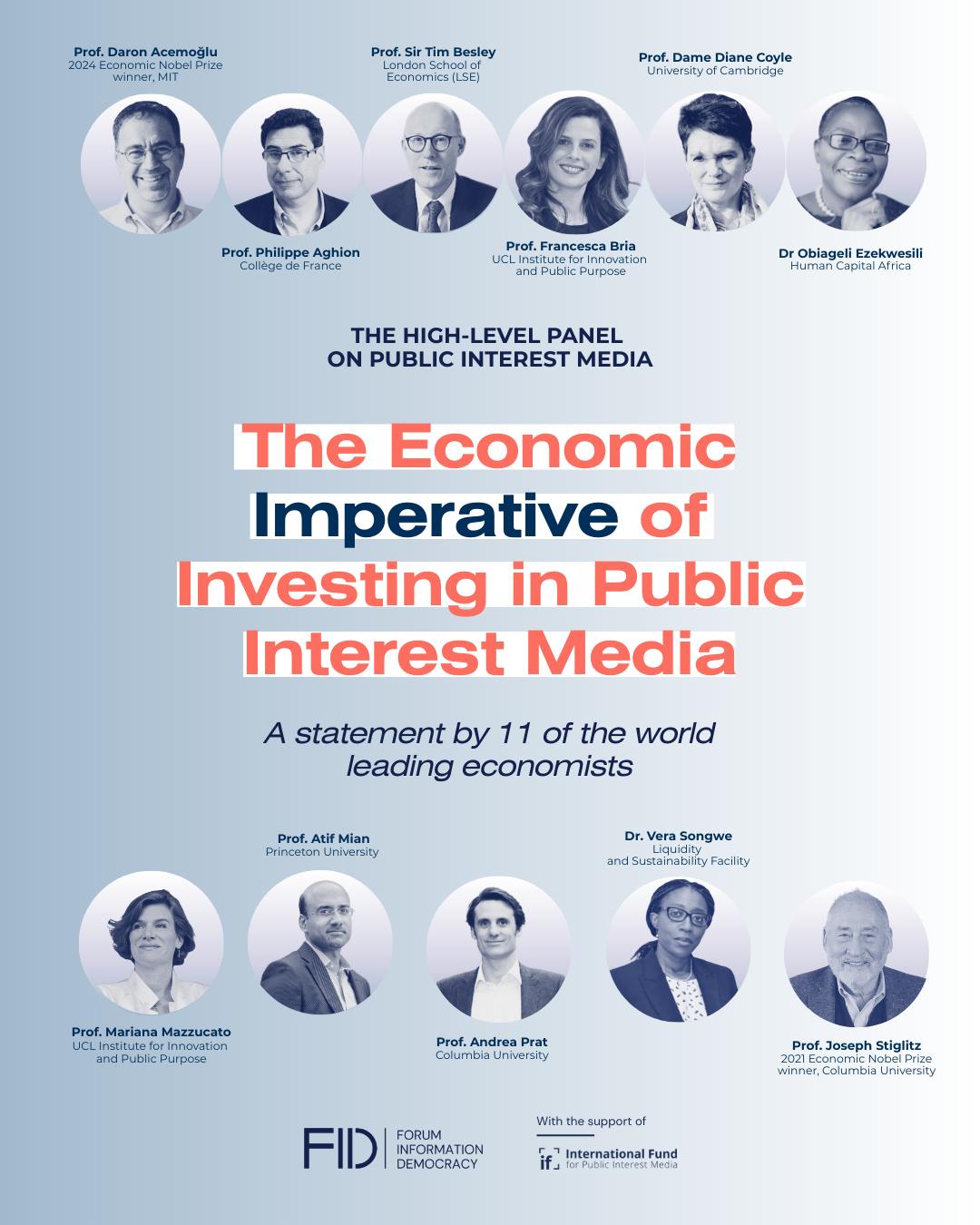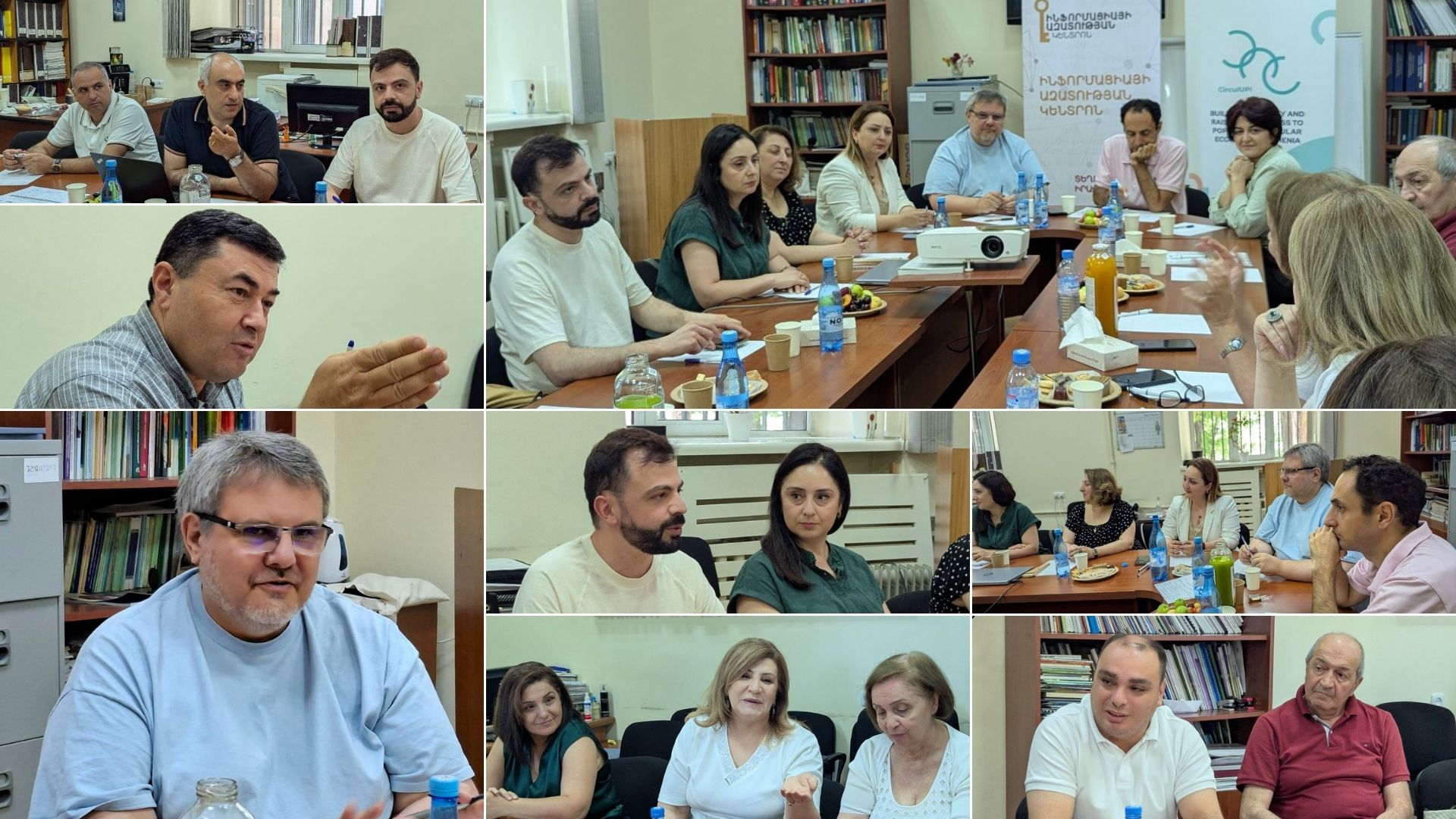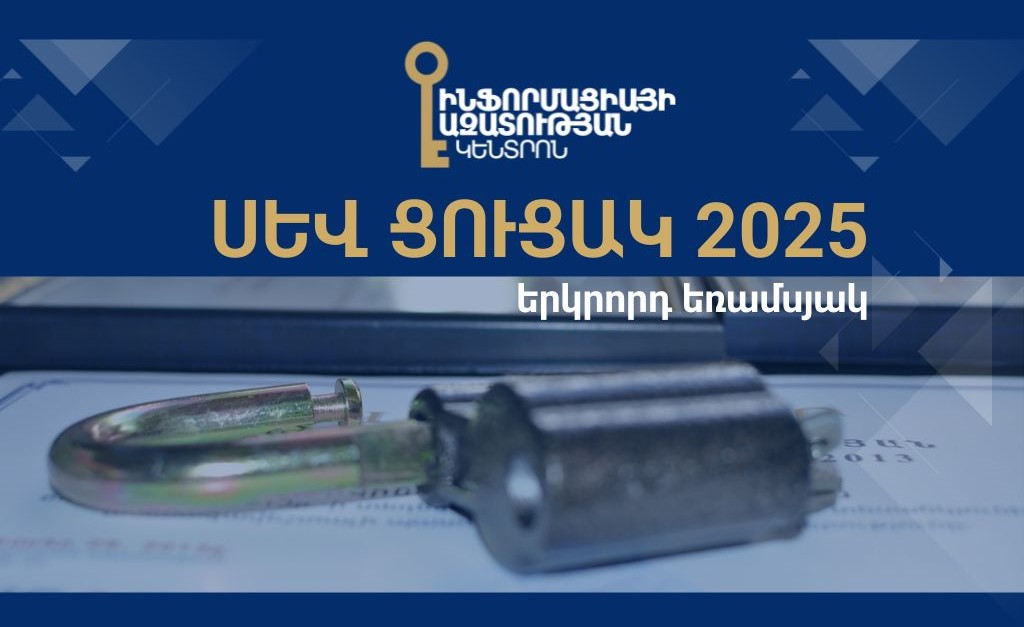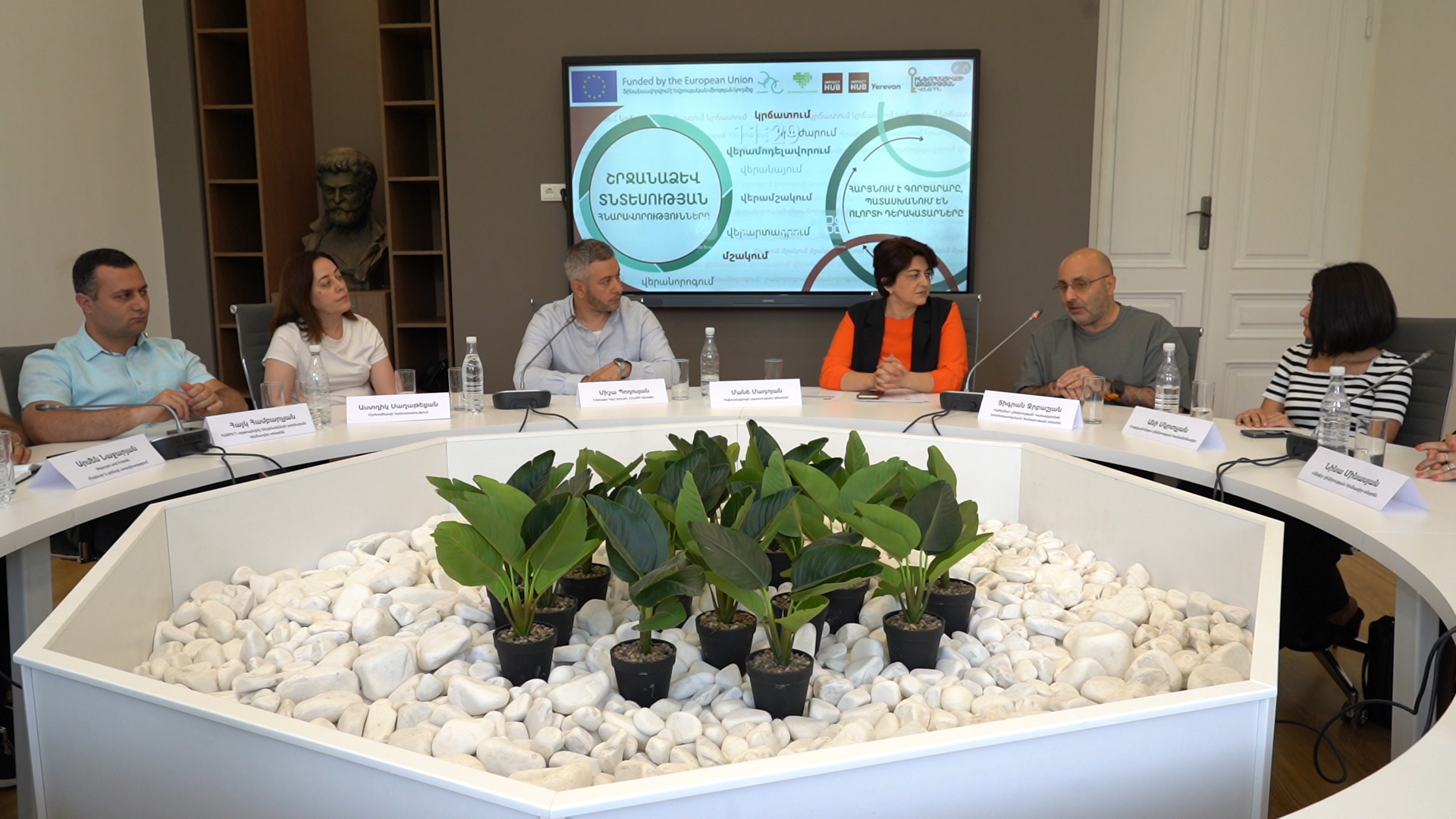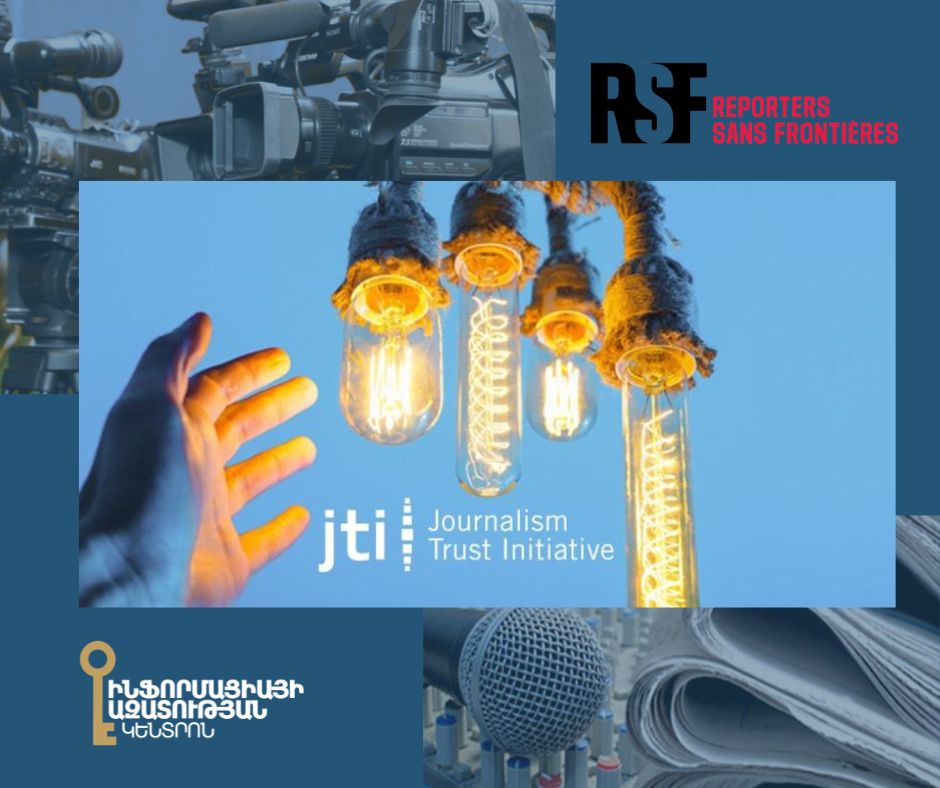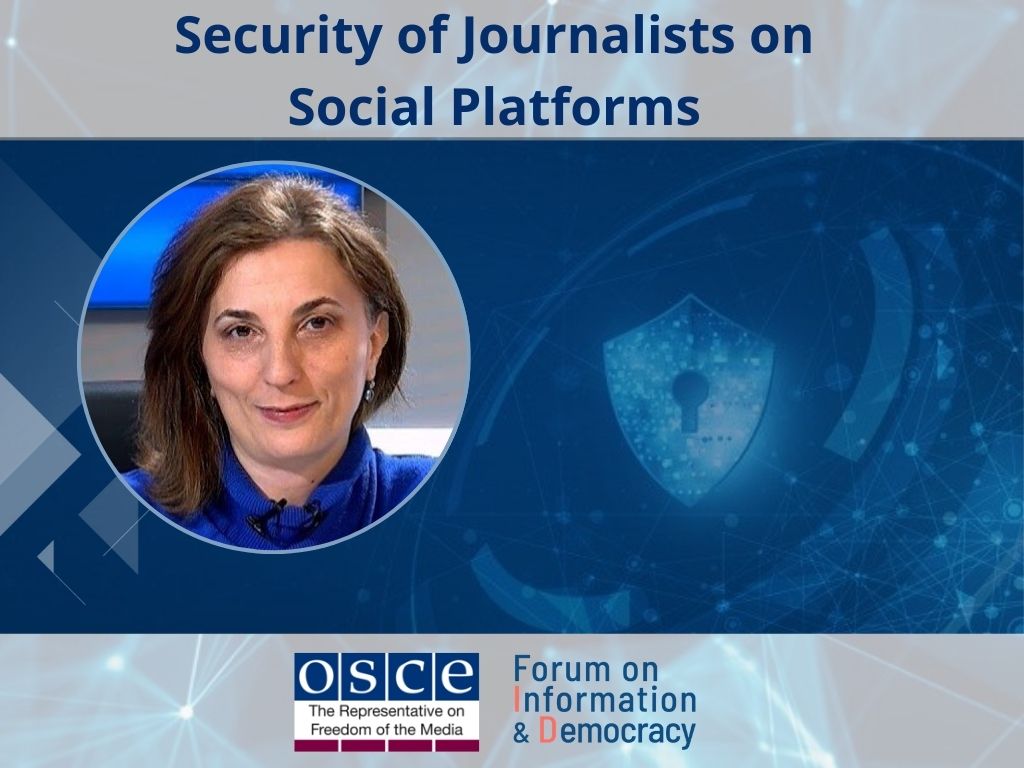On July 26 the Information Disputes Council released its conclusion about the court case based on the lawsuit against “Skizb Media Kentron” LLC filed by “Glendale Hills” CJSC
The Expert Conclusion of the Information Disputes Council
On the court case based on the lawsuit against “Skizb Media Kentron” LLC filed by “Glendale Hills” CJSC
1. FACTS IN THE CASE
The 136th edition of “Zhamanak” daily, a media outlet published by “Skizb Media Kentron” LLC, released on 26.08.2010 an article entitled “$1000 for silence” with the following content: “…Sources familiar with the issue told that Gyumri representatives of Glendale Hills organization, after the self-collapse of one of the buildings built by Glendale Hills in Mush-2 quarter in Gyumri, attempted to convince the residents at any price not to inform the media about what had happened. Our source who preferred remaining unknown informed that Glendale Hills has suggested to residents 1,000 US dollars cash as well as has promised to rapidly renovate the apartment only to prevent the topic to appear in media, while in the opposite case the company has threatened not to renovate the apartment. The affected residents, however, have refused the shadow transaction with Glendale Hills.”
Glendale Hills CJSC (hereafter Plaintiff) on 23.09.2010 applied to the Nork-Marash Court of General Jurisdiction asking to oblige the “Skizb Media Kentron” LLC (hereafter Respondent) to deny the information published by Zhamanak daily damaging the Plaintiff’s business reputation and confiscate 2,000,000 AMD for the Respondent in favor of the Plaintiff as compensation of the damage caused as a result of slander, as well as another 500.000 AMD as a sum paid to the lawyer.
The plaintiff has considered that the media outlet has published imaginary information that does not match reality and is a slander, i.e. going public with such facts about the Plaintiff that do not match reality and damage his honor, dignity and business reputation. The Plaintiff has claimed that the information was disseminated for the purpose of damaging the business reputation of the Plaintiff, taking into account especially the nature and the content of the information not matching reality; in particular, dissemination of such disinformation could not possibly be directed to other persons, in this case – residents or to the protection of the rights of the public or to the protection of other public interests.
The Respondent, invoking the right to case law of the European Court, has mentioned that the reporter has used the word “self-collapse” as an evaluating judgment, which has have a specific practical demonstration. During the trial the reporter in his testimony has clarified that the purpose of using the word “self-collapse”, stating that he used the word to present that the ceiling had fallen to pieces without any outside interference. This means that as a result of analysis of the facts following the interview by the reporter of the residents of Mush-2 quarter and after seeing the scene (the apartment belonging the Anzhik Melikyan), as an evaluating judgment made by the reporter, the word “self-collapse” was published in the article, which did not pursue a goal of damaging the prestige and the honor of the Plaintiff but a goal of informing the public at large about what had happened.
The Court has brought in a verdict on 30.01.2012, partially satisfying the appeal and obliging the Respondent to deny the information damaging (slandering) the Plaintiff’s business reputation published under the title “$1,000 for silence” in issue 136 of August 26, 2010 of the Zhamanak daily. At the same time, the Court has decided to charge 200,000 AMD from the media outlet in favor of the Plaintiff as a compensation for slander.
The verdict brought in by the Court on January 30 was appealed by Skizb Media Kentron LLC on May 2, 2012. On June 14, 2012 the appeal to the Court of Appeal was completely rejected, leaving the court act in legal force.
2. The function of Information Disputes Council
Given that the function of the Information Disputes Council is to develop and publisize professional conclusions in disputes on slander and insult, the Council at its own initiative has studied the court case on the basis of the lawsuit filed by Glendale Hills CJSC against Skizb Media Kentron LLC and has published its professional conclusion.
3. RELEVANT PRINCIPLES OF NATIONAL AND INTERNATIONAL LAW
This conclusion is based on the relevant provisions of RA Constitution, European Convention on Human Rights, RA Civil Code, RA Civil Procedure Code, RA law “On Mass Information”, as well as decision ՍԴՈ-997 of the RA Constitutional Court of November 15, 2011 and decision of the RA Court of Cassation of April 27 in civil case ԵԿԴ/2293/02/10.
4. LEGAL ANALYSIS OF DISPUTED CASE
Public significance of the issues
The RA Constitutional Court, examining the issue of counterbalance between the freedom of expression guaranteed by Article 27 of the RA Constitution and other interests protected by law, has suggested that the mentioned freedoms must always dominate in the case when disclosure of information has not been ungrounded, has pursued a legitimate goal and the particular information refers to state activities and persons representing public interest . The Counstitutional Court has recorded that from the perspective of supremacy of public interest, the preventing and counterweighting significance of a media outlet means more than the necessity of correcting the mistake through material means.
Thus, in each specific case, depending on the facts of a particular case, it should be decided whether the interest of the society to be informed has been dominant as compared with the liability and responsibility of the person having reported information. According to the case law practices of the European Court of Human Rights, in such cases the frame of the discretion of national authorities is limited to the interest of a democratic society, meaning that the press should be allowed to perform its function of a “public control link” (“watchdog”) and disseminate information on serious issues representing public interest. According to the position of the Court, in the legal practices, first of all, such “immediate public requirement” should be evaluated that is able to justify this interference in a balanced manner and dutifully, without any ill-natured, person-defaming premeditation.
The study of the court’s decision in this case indicates that the court in its legal position has recorded that the Respondent party itself has stated that the Plaintiff has acquired a wide public recognition as a result of its activity and is in the focus of attetntion of the society, and according to the facts acquired during the trial, the court has considered that it is confirmed that the Plaintiff has performed some deficiencies during the construction works of Mush-2 quarter in Gyumri. In addition, it is publicly known that the Plaintiff performs massive construction in Gyumri and in other settlements of the Republic of Armenia, with the information on the quality of construction obviously referring to wide public strata, while in this particular case the issue is considered important also by the sensible position of the population towards construction deficiencies in the disaster zone.
Therefore, publication of the information on the case happened in Mush-2 quarter of the city of Gyumri is of public significance. However, given the fact that the media outlet has not presented to the court any evidence that one of the buildings has been self-collapsed, the Council is of the opinion that the publication on the deficiencies occurred during the construction works in Much-2 quarter in Gyumri cannot be completely observed as being presented in good faith.
Availability of intention by the media outlet
According to the resolution 1577(2007) of the Parliamentary Assembly of the Council of Europe of October 4, 2007, statements arising from public interest, even if it is proven that they are not true, shall not be punishable, if they were performed without the knowledge of the fact of their being unverified, without any intention to cause harm, and relevant efforts have been made for verification of the truthfulness thereof. The RA Constitutional Court has concluded also that one of the typical features of slander is an intentional and conscious dissemination of unverified fact (or factual data) that insult a person’s dignity. Paragraph 2 of Part 5 of Article 1087.1 of the RA Civil Code defines that publicly presenting the factual data set out by Part 3 of that article is not considered to be slander, if the person having publicly presented the factual data proves that he/she has taken measures within reasonable efforts to verify the truthfulness and groundings thereof, as well as has presented those data in a balanced manner and in good faith. In other words, there is no presumption of intention.
According to the decision of the court, in this case, the Respondent in his legal position has mentioned that the reporter, while interviewing the residents, has reasonably taken measures to verify the truthfulness of the fact, and only then has published the article. In response to the position of the Plaintiff that the Respondent party should have clarified from the Plaintiff the size of the money suggested to the resident and only then publish the article, the Respondent suggests that in this case this is not a reasonable requirement since the suggestion by the Plaintiff to the residents has been done in oral form, therefore there was no guarantee that the plaintiffs would provide true information to the reporter; in addition, the material was requiring a timely publication, while in case of making a request and receiving the answer thereof the material would lose its timeliness.
The Council considers that the Court could have viewed among the critical facts for solution of the case also those measures taken by the Respondent to clarify the truthfulness and groundings of the pointed out facts, since in case of absence of intention, publications arisen from the public interest that even don’t match reality cannot be punishable, which had essential significance for solution of this case. In this regard, it was appropriate to clarify, in particular, whether the facts about absence of intention presented by the Respondent (in this case, interviews with interested persons) can reasonably be considered satisfactory in order to clarify, prior to publication of the article, the truthfulness and groundings of the facts pointed out by the Court. However, the Court has considered that expressions by certain citizens available in records don’t have any evidential value and has removed them from the composition of the evidences.
Fulfilling the requirement of denial
The Plaintiff by letter No 894-27.08.10 has suggested the Respondent to refute the published disinformation and thus rehabilitate the Plaintiff’s violated rights and freedoms in an extrajudicial procedure. The Respondent has published the letter sent by the Plaintiff in Zhamanak daily on 01.09.2010. However, the Plaintiff has considered that the direct publication of the mentioned letter cannot be viewed as denial, given that denial is not the fact of formal publication of the requirement of the person requiring denial but publication of the content of the denial by the denying person on his/her own behalf. In the case under consideration, in Plaintiff’s opinion, “Zhamanak” daily neither accepted nor denied the disinformation published by itself, but has published the letter by the Plaintiff requireing denial.
Study of letter 894-27.08.10 by the Plaintiff to the Respondent indicates that with that letter the Plaintiff has requested from the Respondent to publicly apologize both to all Plaintiff’s employees and clients and the residents of Mush-2 quarter in Gyumri.
The Council records that there are expressions in the text of denial presented by the Plaintiff that can in no way be viewed as denial of the factual inaccuracies. Moreover, those expressions appeared to prompt the Respondent to publish in this regard an article entitled “They still dare to speak”, which in the particular situation has even further exacerbated the situation thus making the judicial examination of the issue inevitable. However, in the event of more respectful attitude of parties to each other, it would be possible also to solve the problem based in the principle of reaching peace which is the most preferable option in similar cases.
Proportionality of cash compensation
Against the damage caused as a result of defaming expressions (actions), forms of non-material compensation should be applied as a priority. Material compensation should be limited to compensating the direct damage caused to the honor, dignity and business reputation of a person, and it should be assigned only in cases when non material compensation is not sufficient to compensate the caused damage .
In regard to this issue, the RA Court of Cassation has recorded that in case of assigning a material compensation it is necessary that the courts pay a great attention to defining the size of the money being compensated and request from the respondents financial and other documents on their incomes presented to state and other competent bodies (for instance, tax reports presented to the State Revenue Committee adjacent to the RA Government); otherwise compensations in large amounts can result in grave consequences in terms of continuing their normal activity.
The Plaintiff has requested to charge 2,000,000 AMD from the Respondent in favor of the Plaintiff as compensation of the damage caused as a consecuence of slander. The Court has considered that the respondent media outlet should be charged 200,000 AMD as compensation, taking into account the method of the slander, the area of dissemination, as well as the material status of the Respondent.
Taking into account the above conclusions of the RA Constitutional Court and the RA Court of Cassation, the Counsil considers that applying in this case the measure set out by paragraph 1 of part 8 of Article 1087.1 of the RA Civil Code, i.e. denial of factual data considered a slander through the media outlet having published the information considered a slander, was a quite sufficient measure, especially as the availability of the fact of non material damage caused to the business reputation of the Plaintiff has not been proven both by the Plaintiff and otherwise. The Council records also that in this particular case the equivalence of the amount assigned by the Court, 200,000 AMD, and the size of damage caused to the business reputation of the Plaintiff is not grounded in any form whatsoever.
5. CONCLUSION
The Information Disputes Council considers that:
- The publication of the information by the media outlet had a public significance, and the disclosure of its information was justified. However, the published material cannot be considered as being presented completely in good faith and balanced;
- It would be appropriate to observe as facts of essential significance for solution of this case also those measures that were taken by the media outlet to reveal the truthfulness and groundings of the facts pointed out by the Court, since in case of absence of intention by the media outlet, publications arisen from public interest, even if they don’t match reality, cannot be punishable;
- For solution of this case, denial of the factual data considered as slander would be quite sufficient for compensation of the caused damage;
- There are expressions in the text of denial presented by the Plaintiff on 27.08.2010 that can in no way be viewed as denial of the factual inaccuracies. The text of Denial and Answer presented to media outlets should refer only to actual inaccuracies present in the information subject to denial and/or answer and must not constitute any insulting expressions. They should meet the requirements regarding denial and answer defined by the law of the RA “On Mass Information”.
Information Disputes Council
Shushan Doydoyan (Secretary of Council)– President of Freedom of Information Centre
Boris Navasardyan –President of Yerevan Press Club
Aram Abrahamyan – Chief Editor of Aravot daily
Ara Ghazaryan- Deputy Director of “Arni Consult” Layers’ Office
Manana Aslamazyan- Director of Alternative Resources in Media program



